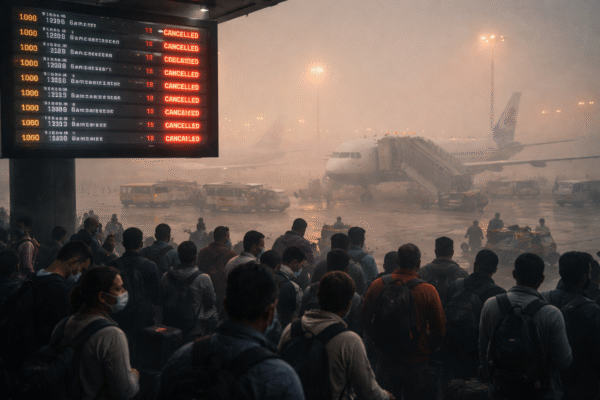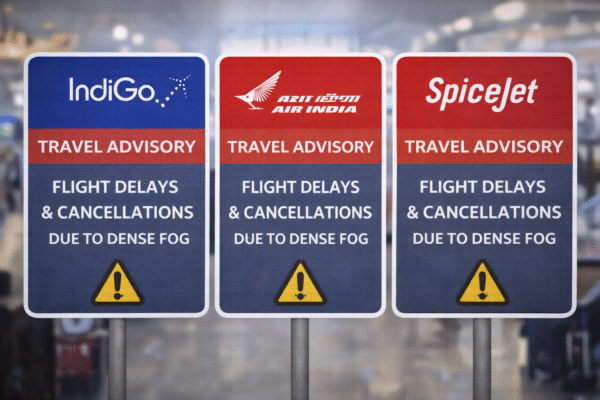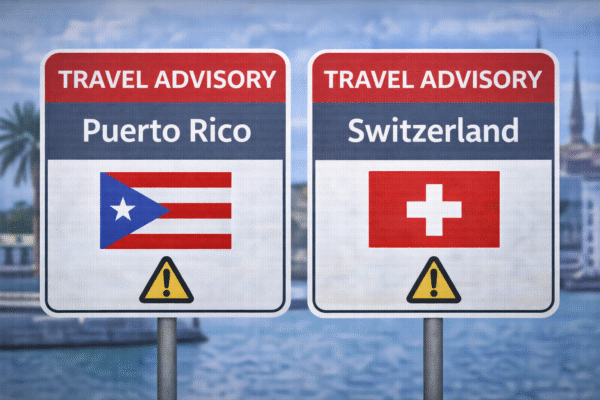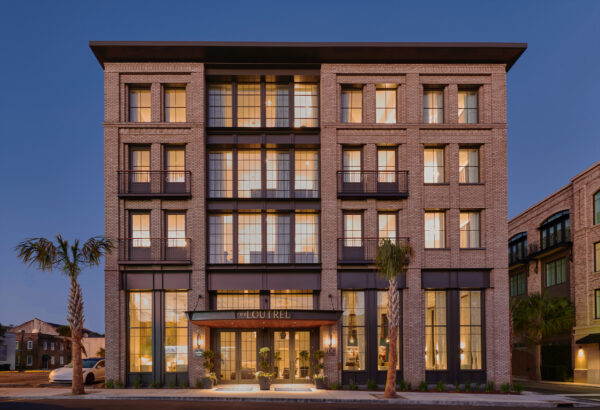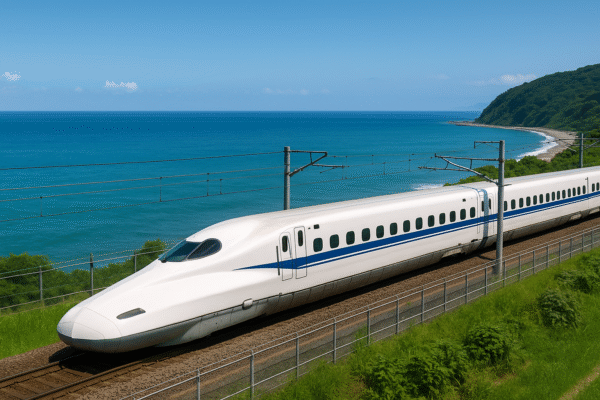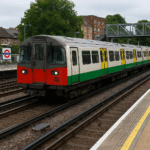Vietnam is setting ambitious goals for its transport future by preparing to build one of Southeast Asia’s most advanced high-speed rail networks. The North-South high-speed rail project, which will link Hanoi and Ho Chi Minh City, is not just an infrastructure development plan but a strategic move to modernize connectivity, strengthen economic growth, and promote sustainable tourism.
By learning from international leaders in high-speed rail, Vietnam hopes to integrate cutting-edge technologies, effective management systems, and sustainable practices into its own network. This strategy reflects the country’s growing determination to create a rail system that competes with the best in the world, while also serving the needs of its citizens and visitors.
Drawing Inspiration from Global Success
The University of Transport and Communications (UTC) has taken the lead in bringing together 24 research studies from experts in Vietnam and abroad. These reports highlight lessons from countries with successful high-speed rail systems, including Japan, South Korea, China, Germany, and France.
Japan, the pioneer of high-speed rail, introduced the Shinkansen in 1964. Its success rests on centralized management, separation of infrastructure from operations, and integration with urban development around train stations. The Japanese model shows how transport hubs can double as thriving commercial and tourism centers.
South Korea offers another example with its high-speed KTX network. The country relied on public-private partnerships (PPP), with the government providing land and partial capital while private companies managed operations. This transparent risk-sharing model has proven successful in building and maintaining high-quality services.
China, home to the largest high-speed rail system in the world, invested heavily in infrastructure through public capital. However, the government also welcomed private-sector contributions in manufacturing, construction, and operations, creating a balance between state leadership and private innovation.
Germany and France, meanwhile, illustrate Europe’s approach to sustainability and competitiveness. Germany emphasizes environmental and social assessments before approving projects, while France encourages private involvement in infrastructure contracts and has recently opened its rail market to greater competition.
Lessons for Vietnam’s Development
Vietnam’s leaders see enormous value in adopting a blended model that draws from these international examples. Key strategies under consideration include:
- Transit-Oriented Development (TOD): Integrating real estate and commercial activity around train stations to generate additional revenue.
- Public-Private Partnerships: Encouraging private investors with transparent contracts and balanced risk-sharing mechanisms.
- Government Support: Acting as a guarantor of stability and a designer of legal frameworks to attract international investors.
- Community Engagement: Ensuring local communities benefit from the project through improved mobility, job opportunities, and tourism growth.
By combining these strategies, Vietnam hopes to create a modern rail system that is not only efficient but also financially sustainable.
The Role of Five-Party Cooperation
A standout initiative in Vietnam’s approach is UTC’s “five-party cooperation” model. Unlike traditional three-way partnerships between the state, universities, and businesses, this model adds technology transfer institutions and local communities.
This broader collaboration aims to strengthen national human resources, encourage knowledge sharing, and align technological development with community needs. The state sets policies, universities provide expertise, businesses drive the market, technology units deliver innovation, and communities ensure long-term sustainability.
Such cooperation is essential for Vietnam’s rail ambitions, especially when aiming to position the country as a regional leader in infrastructure and sustainable transport.
Tourism and Economic Growth
Vietnam’s high-speed rail ambitions extend far beyond mobility. Improved rail connectivity will have a transformative impact on the tourism sector, one of the country’s most important industries.
High-speed travel between Hanoi, Da Nang, Nha Trang, and Ho Chi Minh City will allow both domestic and international visitors to explore more destinations in less time. Tourists will be able to combine cultural sites, coastal resorts, and vibrant cities into seamless itineraries.
For local economies, this translates into increased visitor spending, job creation, and more balanced tourism development. Smaller cities and towns along the route stand to benefit as high-speed rail brings them closer to major urban centers, spreading tourism opportunities beyond traditional hotspots.
Sustainability at the Core
Vietnam’s approach also emphasizes environmental responsibility. Rail transport is far more energy-efficient and sustainable compared to road or air travel. By encouraging passengers to shift from flights and long-distance buses to high-speed trains, the government aims to cut emissions and support its climate goals.
Drawing from the examples of Germany and France, Vietnam plans to conduct thorough environmental assessments before construction and ensure that stations and operations meet international sustainability standards. This will position the country not only as a leader in infrastructure but also as a responsible actor in global environmental efforts.
The Road Ahead
The success of Vietnam’s high-speed rail project depends on securing investment, fostering partnerships, and maintaining a stable framework for private participation. Clear planning, legal certainty, and government backing will be essential in attracting both local and international investors.
At the same time, public engagement and education will help ensure that communities view the project as a shared national achievement. By combining innovation with inclusivity, Vietnam aims to turn its high-speed rail project into a model of modern, sustainable development.
Conclusion: Vietnam’s Leap Forward
Vietnam’s decision to embrace global expertise in developing its high-speed rail network represents a major leap forward for the nation’s infrastructure and tourism. By integrating international best practices with local priorities, the project promises not only faster travel but also a more connected, sustainable, and prosperous future.
With careful planning, collaboration, and commitment to sustainability, Vietnam is poised to set new standards for high-speed rail in the region—transforming travel, supporting tourism, and driving long-term economic growth.
For more travel news like this, keep reading Global Travel Wire





